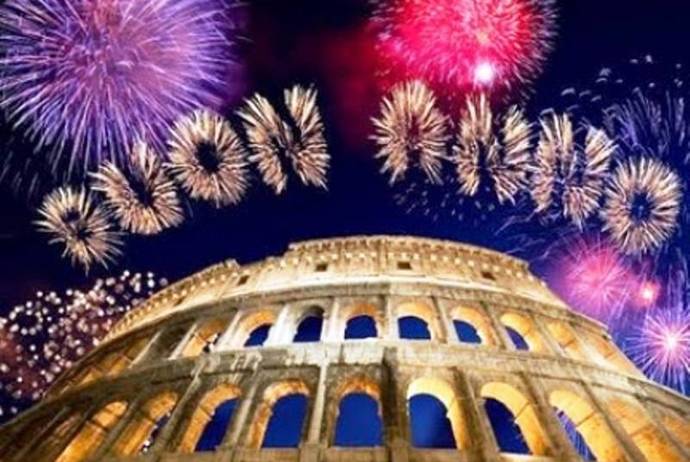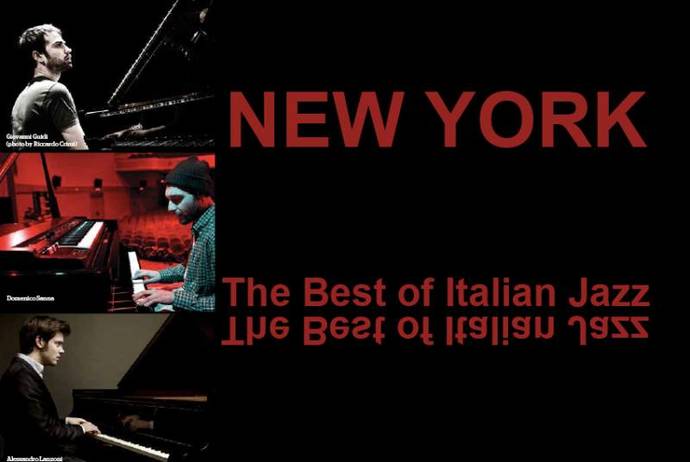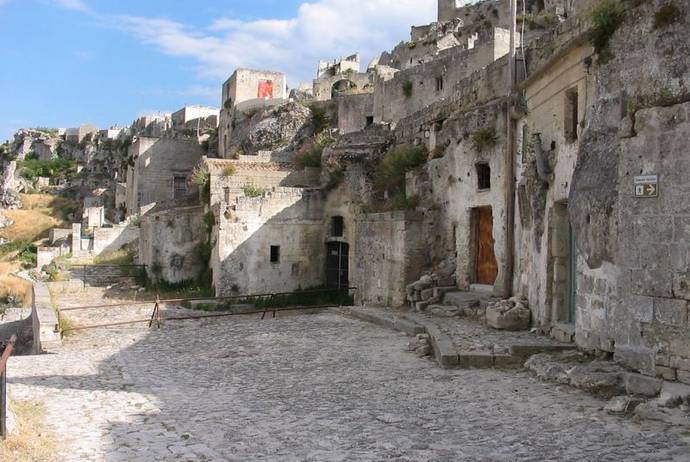After 40 days of food abstinence and sacrifice for Lent, Easter is not just a religious holiday that celebrates Christs' resurrection it is a day that marks the beginning of spring by delivering its freshest ingredient to the dining table.
In Italy, the Easter menu varies from region to region, each region has its own irresistible andflavorful dishes, but no matter where you are, there are three main ingredients that shine in every kitchen: eggs, lamb and Colomba cake. Their consumption is not just casual, it is has a deeper meaning as they have earned, through the ages, a Christian symbolic meaning. We can safely say that eggs represent birth and the never-ending renewal of life, lamb means sacrifice, having been a religious offering since the beginning of time. In Christianity it represents Jesus Christ, who is also called “the lamb of God.”
Colomba cake, a sweet bread in the shape of a dove, represents peace. The reason for its use as a symbol of peace is the story of Noah and the release of the white dove to find land after the Great Flood. When the dove returned with an olive branch, which is another peace symbol, it was clear that the world was ready to welcome back man.
Colomba's origins are legendary. Apparently, around the second half of the 6th century (it was the year 572), Alboino, the king of the Longobards, received, after besieging Pavia for three years, a gift from a local baker that was simply “curious.” It was a leavened bread, shaped like a dove that was given to him as a request of peace. Its ingredients were simple: eggs, flour and yeast. With the passing of time richer ingredients, such as butter, sugar and candied fruit, were added. This sweet bread is dotted with pearl sugar, almonds or chocolate.
More recently, in the early 1900s the Milanese company “Motta” decided to make a product similar to the panettone (a type of sweet bread loaf originally from Milan that is prepared and enjoyed for Christmas), but with an aspect decidedly connected to Easter. The Colomba was born a dessert cake with a similar composition to the panettone, but that is enriched with the flavor of amaretto. In 1930, the Motta Company requested an artist specialized in public adverts, and produced the slogan “The Easter Colomba by Motta, the dessert that knows of springtime.” Colomba is a delicate dessert cake, it must be soft, aromatic on the outside, and moist on the inside. It is eaten as is or warmed up with mascarpone cream on the side, melted chocolate and even ice-cream.
The Easter table also features a wide variety of spring vegetables (such as artichokes and asparagus, chard, fava beans, young green beans, spinach and lettuce) and first fruits, religious offerings of the first agricultural produce of the harvest, symbols of earth's continuous rebirth. Vegetables are used as side dishes or as main ingredients in flavorful salads and quiches.
Then there are chocolate eggs; the story behind them is traced back to the city of Torino in the 1800's. They were created to honor, with a touch of sweetness, the traditional exchange of chicken eggs, symbols of the end of Lenten fasting and spring's rebirth. The first chocolate eggs were solid soon followed by hollow eggs.
The following are some traditional dishes that are always featured on the Italian Easter tables.
Appetizers
Torta pasqualina, a salty cake with puff pastry, veggies (like spinach or black cabbage) and cheese Frittelle di carciofi, artichoke fritters Carciofi con uova sode, artichokes with hard-boiled eggs Uova strapazzate al tartufo, scrambled eggs with black truffles
First courses
Ravioli di ricotta, ricotta filled ravioli Ravioli ai carciofi, artichoke filled ravioli Risotto al forno con carciofi, risotto with artichokes Risotto alla crema di asparagi, risotto with asparagus cream
Second courses
Agnello al forno con patate e pomodoro, oven-baked lamb with potatoes and tomatoes Abbacchio brodettato, lamb in lemon-egg sauce. This is a Roman dish; the egg-and-lemon combination in the sauce is quite similar to what one finds in Jewish Italian dishes. Costolette d’agnello fritte, fried lamb chops Agnello al verde con carciofi, lamb with artichokes Agnello di Pasqua alla moda pugliese, lamb Apulian-style, served with peas, onions, eggs and grated pecorino cheese Agnello in fricassea, stewed lamb with artichoke and egg Arrosto d’agnello con coratella, roasted lamb with coratella (the heart, lungs, and liver of a young lamb). This is typical of the cuisine of Lazio
Desserts
Colomba mascarpone e cioccolato, colomba with mascarpone cream and chocolate Colomba di Pasqua farcita, cream-filled colomba Colomba pasquale al cioccolato, chocolate covered colomba Uova di cioccolato, chocolate eggs Pastiera napoletana, Neapolitan cake filled with ricotta cheese. “The modern pastiera was probably invented in a Neapolitan convent. An unknown nun wanted that cake, symbol of the Resurrectionperfume of the flowers of the orange trees which grew in the convent’s gardens. She mixed a handful of wheat to the white ricotta cheese, then she added some eggs, symbol of the new life, some water which had the fragrance of the flowers of the spring time, candied citron and aromatic Asian spices.
Regional specialties:
Abruzzo > Caciaovo, lamb stew served with eggs and cacio cheese
Calabria > Sgute calabresi, sweet dough topped with hard-boiled eggs
Campania > Pastiera napoletana
Friuli Venezia Giulia > Pinza pasquale triestina, semi-sweet focaccia bread, that can be enjoyed with salty ingredients, such as cold cuts, or sweet ones, such as fruit jams and chocolate.
Lazio > Arrosto d’agnello con coratella
Liguria > Torta pasqualina
Molise > Insalata pasquale, mixed salad served with hard-boiled quail eggs
Puglia > Scarcelle, shortbread covered in icing and chocolate eggs
Sardegna > Pillus, puff pastry “lasagna” stuffed, in alternate layers, with meat, prosciutto and tomato sauce
Umbria (and central Italy) > Pizza di Pasqua, a bread loaf that can be baked in a sweet or tasty fashion. The sweet version features candied fruit and sugar, while the tasty features sun-dried tomatoes and other vegetables.
In Italy, the Monday immediately after Easter Sunday is also a national holiday, called Pasquetta (literally “Little Easter”) or Lunedì dell’Angelo (Angel’s Monday). The usual custom on Pasquetta is to go out—usually for a picnic, though many choose to eat out at a restaurant, or at a friend’s or relative’s instead.







































